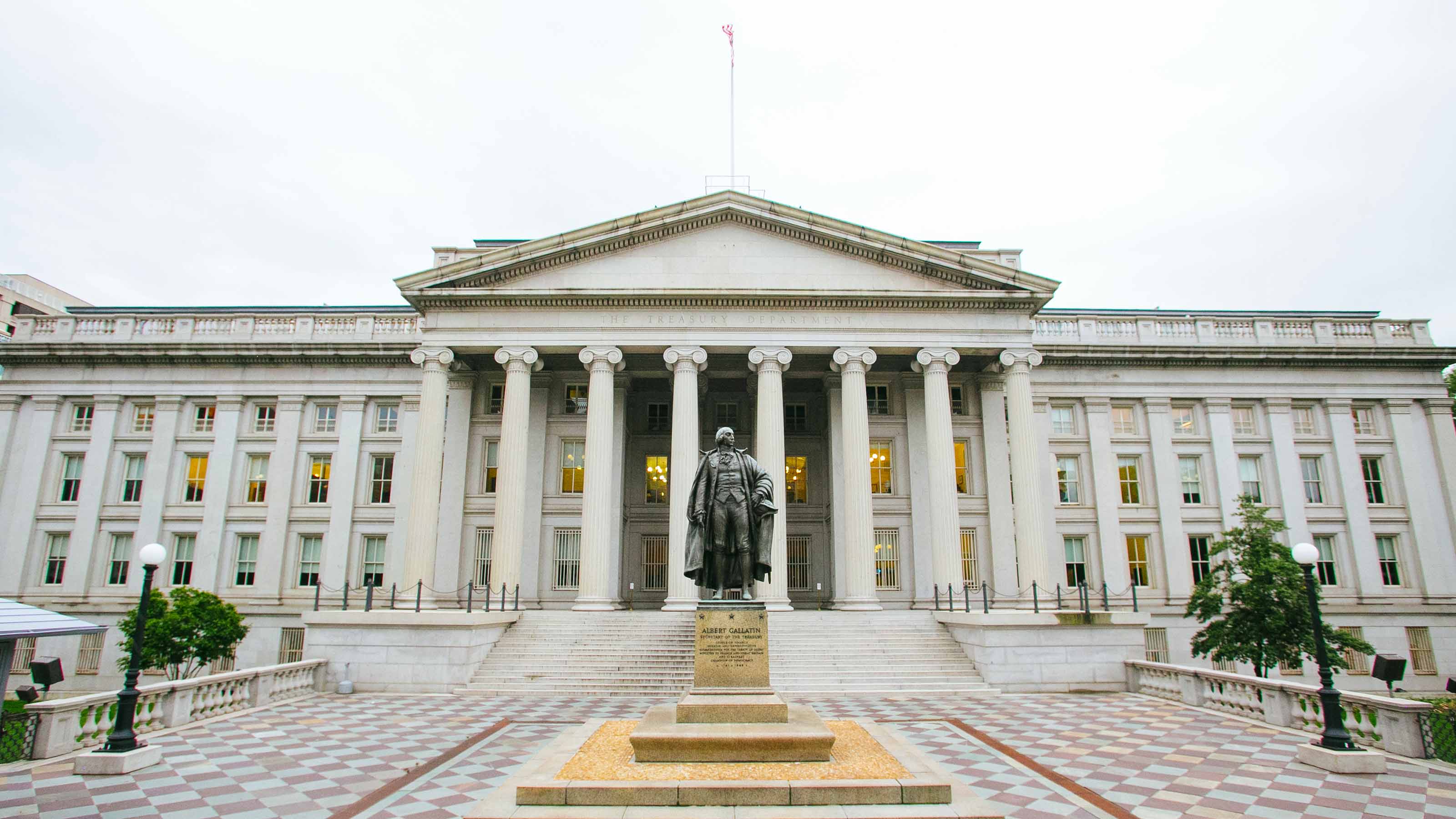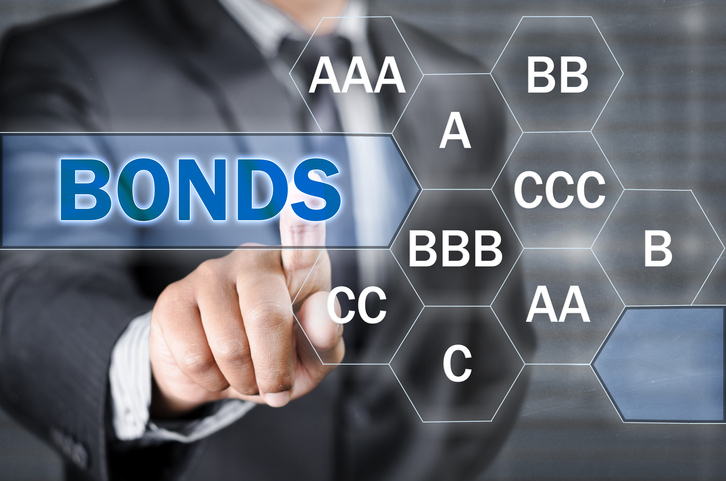The Latest Embarrassment: Leveraged Closed-Ends
These funds are now riskier and less appetizing for income investors.

Bond authority Bill Gross of Pimco says municipals are the best value in bonds today. A Gross endorsement carries a lot of weight. But even if he's right, you still have to buy your munis in the right packages.
My first preference, which will draw jeers from the fund crowd, is to buy and hold individual tax-free bonds. Not any bonds, mind you, but rather state and city general obligation bonds or essential-purpose revenue bonds that are rated double-A or higher.
That, in my view, is the way to go if you need tax-free income, have enough ($100,000 or more) to buy a diversified clutch of bonds, and care mostly that you'll get your principal back, not whether you see any transitory growth in the bonds' market values.
From just $107.88 $24.99 for Kiplinger Personal Finance
Become a smarter, better informed investor. Subscribe from just $107.88 $24.99, plus get up to 4 Special Issues

Sign up for Kiplinger’s Free Newsletters
Profit and prosper with the best of expert advice on investing, taxes, retirement, personal finance and more - straight to your e-mail.
Profit and prosper with the best of expert advice - straight to your e-mail.
And it's all the better if you work with a knowledgeable and trustworthy adviser. I say this because, with a few exceptions, the world of bond funds is becoming murkier and murkier with each passing day.
Since the subprime mortgage crisis and questions about the viability of bond insurers came to the fore in the past year, more than a few heretofore reliable classes of income investments have taken pratfalls. Among them: Ultra-short-term bond funds and floating-rate bank-loan funds.
The latest embarrassment: leveraged closed-end municipal bond funds. These funds, which trade like stocks, use borrowed money to juice the usual yield on a portfolio of tax-exempt bonds by an extra percentage point or two.
But leverage means extra risk and that came home in spades during this year's Valentine's Day massacre. Share prices -- and, to a lesser extent, net-asset values -- of dozens of these funds plunged the week of Valentine's Day, erasing principal equal to more than a year's worth of dividends, sometimes twice that.
Shares of Nuveen Dividend Advantage Municipal Fund 2 (symbol NXZ) lost 10% in two days. Van Kampen Advantage (VKI) fell 8%. Pimco's flotilla of leveraged closed-ends -- among them Pimco Municipal Income Fund (PMF), Municipal Income II (PML) and Municipal Income III (PMX) -- performed just as badly.
The cause was another unexpected panic in an obscure corner of the debt markets. This time it was something called "auction-rate preferred securities." Leveraged closed-end funds don't borrow from banks or syndicates of lenders. Instead, they put out tenders to the world for loans of 30 days or so in a system that sets the interest rate by auction.
Usually, these obligations, called preferred because the funds must pay the interest on these securities before they can distribute income to their shareholders, roll over seamlessly. As a fund shareholder, you never notice.
But this time, for reasons ascribed to mass anxiety and a "flight to quality," the system went into cardiac arrest. Closed-end funds either couldn't find buyers for short-term IOUs when old ones expired or had to pay substantially more to borrow.
Now, don't forget that closed-ends trade like stocks. That means share prices often react to emotions. Nowadays, the stock market is frighteningly quick to make the worst of any news that questions the liquidity of any slice of the credit markets. So investors responded by hammering the shares of these closed-end funds. The greater the leverage, the worse the punishment.
The manager of one such fund, who asked that neither his name nor that of his firm be disclosed, says he has no idea if and when another lenders' strike could happen again. The effect of the auction-rate meltdown on his and other similar funds is that they will have to pay more for credit.
This will likely cause the funds to reduce their monthly or quarterly distributions. And that comes on top of what's likely to be reduced payouts anyway because of falling bond yields.
Moreover, funds holding insured muni bonds could see capital losses stemming from downgrades of insured municipal bonds if the insurers themselves see their ratings downgraded. All of this makes leveraged closed-end funds riskier and less appetizing for income investors.
When the market reopened after the President's Day weekend, some of these leveraged funds recovered some of their lost net asset value. It would be reassuring to be able to forecast a complete recovery by next month, but don't count on it. Confidence will return, but gradually.
Traditional, unleveraged, open-end municipal bond funds aren't exactly home free. Like their closed-end cousins, many regular funds are stuffed with insured tax-free bonds. The bond insurers are now a cinch to be reorganized and downgraded, so a lot of bonds held in open-end funds stand to be downgraded by association. That will almost certainly shave the value of those bonds.
The exceptions are high-rated general obligation bonds backed by tax revenues and bonds that are pre-refunded with Treasury securities held in escrow. In the case of escrowed bonds, the issuer's pledge to repay the principal is guaranteed by a stash of Treasuries.
I looked up 2008's best-performing national municipal fund to ask its manager how the fund is coping with all this turbulence. Warren Pierson, part of the team that runs Baird Intermediate Municipal Fund (BMBSX), explained that 77% of the fund's assets are in bonds pre-refunded with Treasuries.
He used the word "ironclad," which may or may not be wise to utter in these times, but his fund truly is conservative. Its duration is five years, which means the value won't swing too much with movements in interest rates.
The tradeoff for this safety is a yield of 2.7%, calculated on the basis of the fund's latest monthly distribution rate. Year-to-date through February 20, the Baird fund's two share classes have returned 2.4% and 2.5%.
Pierson and his colleagues are doing a fine job, but he admits that the fund isn't delivering much income. Even on a taxable-equivalent basis, a 2.7% yield equals just 4.2% for an investor in the 35% federal tax bracket. That's barely more than the rate of inflation.
So is there a better way to go tax-free? Yes, if you have a good adviser or if you have the time, inclination and bond savvy to pick individual securities. If you do, you can build a laddered portfolio of individual muni bonds that will safely yield 4% or more tax-free. I'll walk you through how to do that in the next Cash in Hand.
Profit and prosper with the best of Kiplinger's advice on investing, taxes, retirement, personal finance and much more. Delivered daily. Enter your email in the box and click Sign Me Up.

Kosnett is the editor of Kiplinger Investing for Income and writes the "Cash in Hand" column for Kiplinger Personal Finance. He is an income-investing expert who covers bonds, real estate investment trusts, oil and gas income deals, dividend stocks and anything else that pays interest and dividends. He joined Kiplinger in 1981 after six years in newspapers, including the Baltimore Sun. He is a 1976 journalism graduate from the Medill School at Northwestern University and completed an executive program at the Carnegie-Mellon University business school in 1978.
-
 Stocks End Volatile Year on a Down Note: Stock Market Today
Stocks End Volatile Year on a Down Note: Stock Market TodayAfter nearing bear-market territory in the spring, the main market indexes closed out the year with impressive gains.
-
 How We Manage Our Finances Together: 'When You Keep Score, You Can End Up Resentful'
How We Manage Our Finances Together: 'When You Keep Score, You Can End Up Resentful'Douglas Boneparth, a certified financial planner, and his wife, Heather Boneparth, speak with Kiplinger about couples managing finances.
-
 I'm 45 and I've barely invested in the stock market. I recently inherited $50,000. What should I do?
I'm 45 and I've barely invested in the stock market. I recently inherited $50,000. What should I do?What should you do with a big inheritance? We asked a financial expert for advice.
-
 The Most Tax-Friendly States for Investing in 2025 (Hint: There Are Two)
The Most Tax-Friendly States for Investing in 2025 (Hint: There Are Two)State Taxes Living in one of these places could lower your 2025 investment taxes — especially if you invest in real estate.
-
 The Final Countdown for Retirees with Investment Income
The Final Countdown for Retirees with Investment IncomeRetirement Tax Don’t assume Social Security withholding is enough. Some retirement income may require a quarterly estimated tax payment by the September 15 deadline.
-
 Why Investors Needn't Worry About U.S. Credit Downgrade
Why Investors Needn't Worry About U.S. Credit DowngradeFitch Ratings The United States saw its credit rating downgraded for just the second time in history, but experts aren't worried about the long-term damage to stocks.
-
 Income-Investing Picks for a Recession
Income-Investing Picks for a RecessionInvesting for Income Some consequences of an economic downturn work to the benefit of fixed-income investors. Here are three fund ideas that fit the bill.
-
 Dogs of the Dow Are 2022's Best in Show
Dogs of the Dow Are 2022's Best in Showdividend stocks Some of the best investments for income investors in a volatile 2022 have come from the Dogs of the Dow.
-
 Bond Values in a Volatile Market
Bond Values in a Volatile MarketInvesting for Income While the market's instability may not be over just yet, the latter half of the year should be less daunting – and possibly more rewarding – for investors.
-
 Should You Buy Bonds Now? What To Consider
Should You Buy Bonds Now? What To Considerbonds The fixed-income market has been turned on its head in recent years, but there are still opportunities for those looking to buy bonds again.
-
 Dividend Dates: A Beginner's Guide
Dividend Dates: A Beginner's Guidedividend stocks Everything you need to know about ex-dividend dates, dividend announcements and other parts of the dividend calendar.